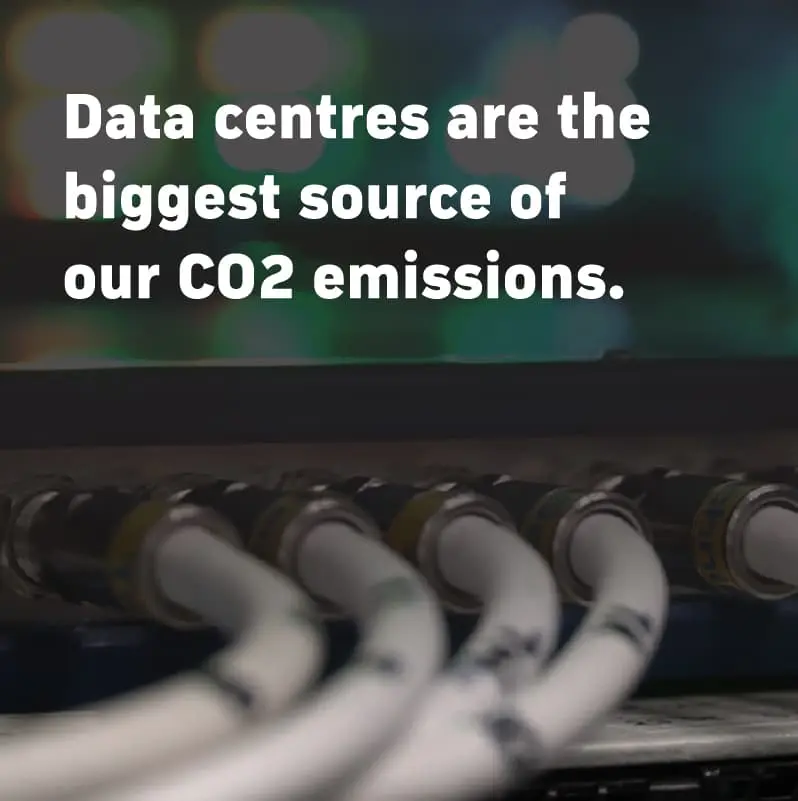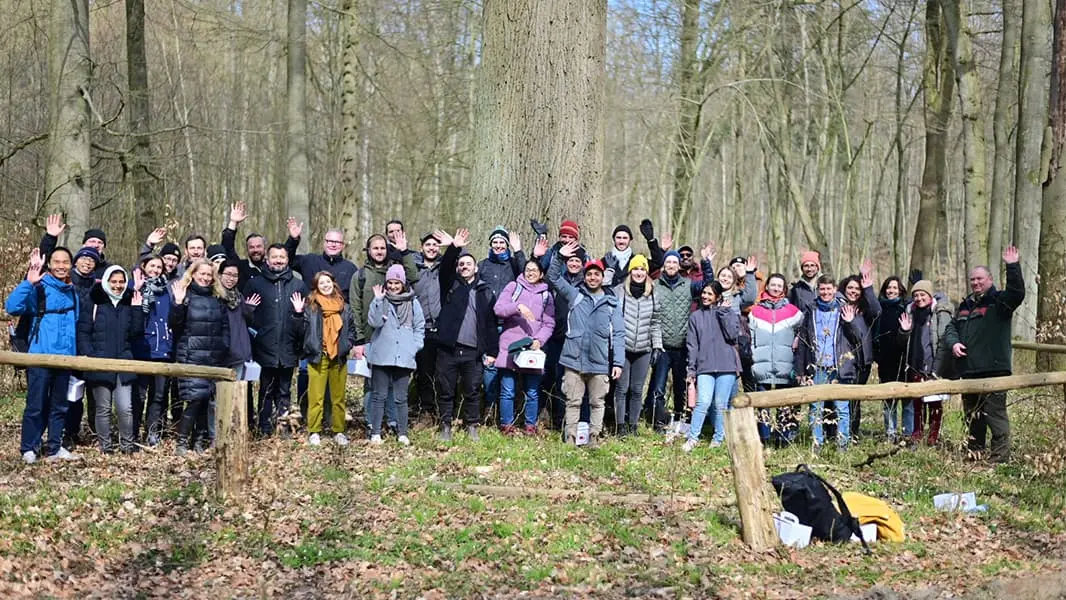
We are climate neutral.
543 tons of CO2
This is how high our consumption was in 2021.
Breakdown of our CO2 emissions
What are scope emissions?
The Greenhouse Gas Protocol classifies emissions into scope 1, 2 and 3. This is a standard for measuring and communicating greenhouse gas emissions that takes into account the entire supply chain.
Scope 1 comprises the direct release of greenhouse gases, which we do not produce at Zattoo. Scope 2 covers the indirect release of greenhouse gases by energy suppliers and scope 3 comprises those released in the upstream and downstream supply chain.
Our path to climate neutral television.
The calculation of our CO2 emissions covers all our activities. On one hand, this includes the consumption through streaming on our platform itself, but also the operation of our offices in Zurich and Berlin or the journeys and trips of our employees. All relevant greenhouse gases according to the Intergovernmental Panel on Climate Change (IPCC) Assessment Report were taken into account in the calculation. For their impact on the greenhouse effect to be comparable, they are converted into so-called CO2 equivalents. In the following, we refer to CO2, which also means CO2 equivalents, i.e. all relevant greenhouse gases. The calculation of our CO2 footprint is carried out every year by ClimatePartner, an environmental consultancy, based on the Greenhouse Gas Protocol.
Read the full report
Why?
More than 80 million hours are streamed monthly via our platform. This creates over 5 million gigabytes of data - every day! Our current data centers therefore consume around 1 million kWh per year.
The use at Zattoo has grown more and more in recent years. In addition, we have been able to win over additional B2B customers, for whose ongoing TV operations we are responsible. And new functions and higher video resolution mean that we have to operate more and more servers, which leads to significantly higher power consumption. Many of our data centers are already supplied with green electricity. The remaining are operated with an electricity mix. This is largely manufactured from gas, which results in a lot of CO2 emissions.
In the next few years we will therefore face the challenge of supplying all data centers with green electricity and thereby significantly reducing our emissions.
Server in a wind turbine
In connection with the windCORES project of the wind farm operator Westfalenwind, one of our data centers has been placed directly in a wind turbine since 2020. In this way, we use clean energy directly where it is generated. So far, this project has saved around 60 tons of CO2. In the future, more and more of our existing servers will be relocated to the wind farm, making it our main location for our data centers.
Learn moreIn addition to our data centers, we are also reducing our CO2 consumption in other areas.
How do we do this?

Our Zattoo forest
At the end of March 2022 we planted our own Zattoo forest with 250 trees in Mecklenburg-Western Pomerania. A tree for every employee at Zattoo. Through the CO2 compensation, each of these trees makes a valuable contribution to climate protection.
Plastic-free set-top boxes for our B2B customers
In addition to the digital infrastructure, we also work with manufacturers of set-top boxes for our B2B customers in order to offer the most sustainable product possible. Therefore the set-top-boxes are made of 85 percent recycled plastic. The packaging is completely plastic-free and we use recycled paper bags and replace plastic cable ties with paper wrappers. The remote controls provided by Zattoo also contain the highest possible proportion of recycled plastics. We have also decided to no longer supply HDMI cables as standard so as to encourage our customers' users to re-use what they already have. Besides that the majority of operator orders will be fulfilled from the EU, thereby we further reducing the overall carbon footprint of getting product from its point of manufacture to point of fulfilment.

4,000 trees for Uganda
In 2021, with the help of our users, we donated 4,000 trees to the organization Tree Adoption in Uganda. The youth-centric NGO has been committed since 2012 to the harmony of people and nature. Through activities such as by planting trees, they help smallholders with the consequences of climate change. At the same time, they enable young people in Uganda's rural communities to set up and manage local tree nurseries and tree farms through training and education, thus ensuring more stability in the region.
That is how we reduce even more
Discounted PT tickets and job bike
MORE WORK FROM HOME
Fewer flights for business trips
SUSTAINABLE GIFTS FOR ZATTOOIES
PAPERLESS PAYROLL
WASTE SORTING IN OUR OFFICES
GREEN MOBILE PHONE CONTRACTS
ZATTOO HARDWARE SALES
The future of television is carbon neutral.
What we do not save through reduction, we fully compensate through selected carbon offset projects. These are Gold Standard certified and make an important contribution to achieving the Sustainable Development Goals of the United Nations (SDGs). To make sure that we haven't overlooked anything in the calculation, we even compensate around 10 percent more than actually calculated. That is a total of 595 tons of CO2 for 2021. Which projects do we support? The Zattoo team voted and selected two projects.
Our climate neutral certificate Collecting plastic to save the world's oceans
Collecting plastic to save the world's oceansOver 8 million tonnes of plastic waste end up in the ocean every year. The Plastic Bank project not only enables us to contribute to cleaner oceans, but also to support people who collect the plastic waste. They do this in exchange for money, food or drinking water in Haiti, Indonesia, Brazil and the Philippines, at local collection points. We offset part of our CO2 consumption via a wind farm in the Philippines. For each offset ton of CO2, 10 kilograms of plastic waste is collected. In this way, Zattoo helps to properly dispose of more than 3,000 kilograms of plastic waste from the oceans every year.
More about this project Clean drinking water in Kono, Sierra Leone
Clean drinking water in Kono, Sierra LeoneMost of Sierra Leone's population lives in small rural communities. The supply of clean drinking water is a major problem here. The nearest water point is often far away. In addition, the water must first be boiled before it can thoughtlessly be used. We are therefore supporting the communities in the Kono region in restarting local water wells in order to improve the regional drinking water supply. The availability of clean drinking water eliminates the need to boil the water, saving hundreds of tons of CO2 emissions per year.
More about this project